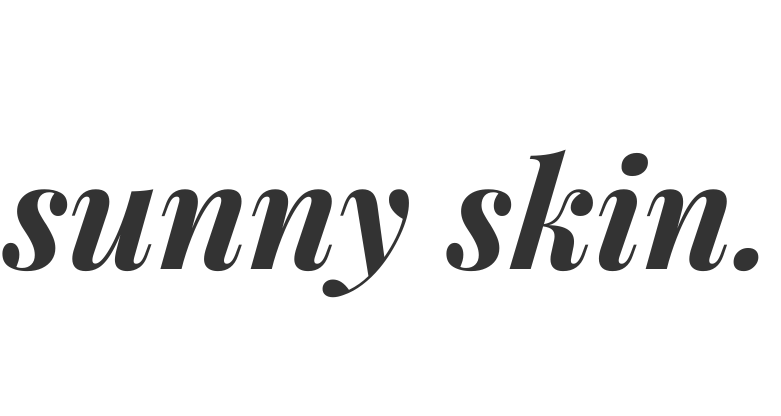
Have you ever wondered why SPF ratings in Australia go from 50 to 50+, but no higher? That's because when a rating gets higher than 50, the benefits only increase minutely.
Meaning a rating of 100 is misinforming as it seems as though it offers double the protection a rating of 50 does, when it doesn't.
Why is SPF100 Illegal in Australia?
- It's misleading
- It's unnecessary to public safety

An SPF rating of 50+ means that the product already blocks out more than 98% of UVB rays. This means we're left with 50 more spaces until we get to SPF100, but only 2% of UVB protection left unaccounted for.
This results in an imbalanced ratio of efficacy, as the effectiveness of the product can only increase minutely from this point forward. Meaning a higher rating provides a misleading impression that a product rated within SPF 50-100 is substantially more effective than those rated within SPF 0-50 - when it can only possibly be 1-2% better.
Higher SPF ratings make people assume they offer the best protection when they commonly don't. Most SPF's - even the highest rated - don't protect you from UVA rays. That's why Australia has the 'Broad Spectrum' label. This means a product is at minimum SPF50 and protects you from both UVA and UVB rays.
Zinc Oxide - the key active in Super Sun SPF50 - is the only chemical or mineral UV filter that is photostable and protects you from UVA, UVA II and UVB rays.
To have UVA, UVA II and UVB protection, a product must have:
- at least 3% Avobenzone (isn't photostable so it's UVA blocking ability is greatly impaired when not used in conjunction with other sun care)
- at least 15% Zinc Oxide
Ultimately, this if you had to choose between a broad spectrum SPF50 or a SPF100 for the best protection, choose the SPF50 every time.
